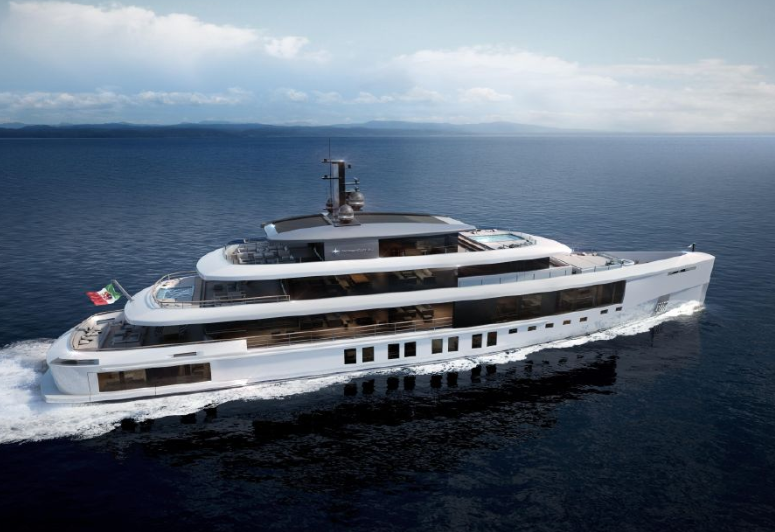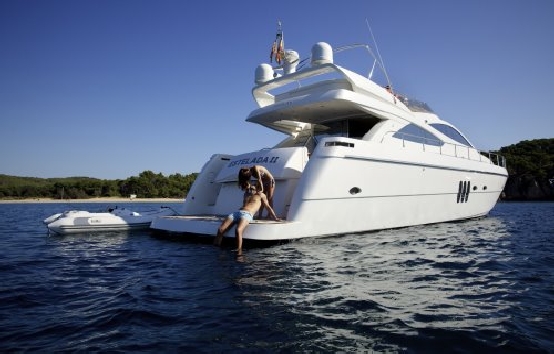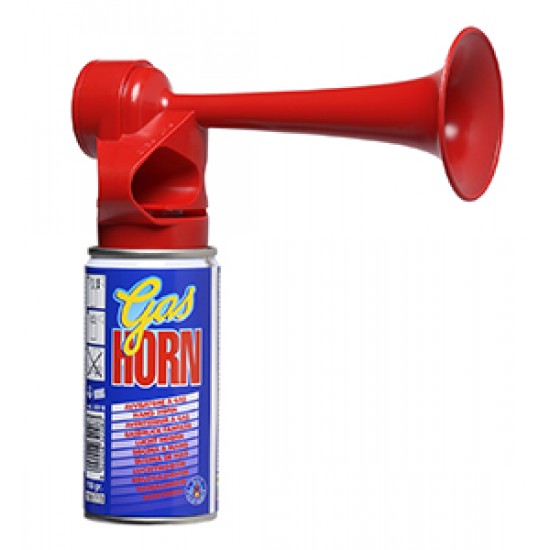Most ship’s kitchens use a butane cylinder, so as it is heavier than air, leakage and submergence in the bilge, where it could concentrate and constitute a dangerous source of fire, must be prevented. When lighting the stove, first light the match and have it ready near the burner before connecting the gas. Make sure the burner is lit everywhere. If, for any reason, you discover that the flame has gone out and that gas has continued to escape, disconnect everything and inform the pattern of what has happened.
When you are at sea you have to be very careful in the kitchen area, because even making coffee or tea can become a risky task. For trips of more than one or two hours, the safest plan is to prepare thermoses with hot drinks before leaving and stow them vertically somewhere safe. If you are working in the kitchen while sailing, take each step slowly and carefully so that nothing can slip and fall. The safest place to place cups while preparing hot drinks is on a wet cloth placed in the sink.
When you finish cooking, check that all burners are off. It is also advisable to turn off the gas cylinder at night or when not in use, although the patrons have their own rules on this subject. If the gas runs out while cooking. turn off the burner I asked how to change the cylinder. Sometimes you simply change the top cover but sometimes you have to close the main key before uncorking a cylinder and connecting the new one.
Water and electricity conservation
On land, when you open a faucet or turn on a light, you are sure to have a continuous supply of fresh water or electricity. On board, water comes out of a clearly limited reservoir, while electricity comes from the boat’s batteries, unless you are moored to a port and the ground is connected. Therefore, get used to saving water and not leaving lights on unnecessarily. For example, when washing dishes, do not rinse under a jet of water, or leave the faucet on while brushing your teeth. More info
Many skippers ask a crew member to take responsibility for filling tanks whenever the boat is berthed and near a hose. If this job falls to you, make sure you know the exact location of the mouths of the tanks there are cases of crew members who have diligently filled the fuel tanks with fresh water. Another routine job is bilge pumping, so find out where the bilge pump is and how it works.


